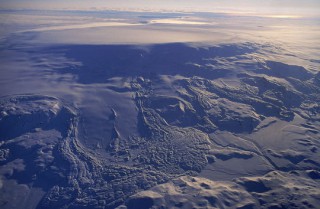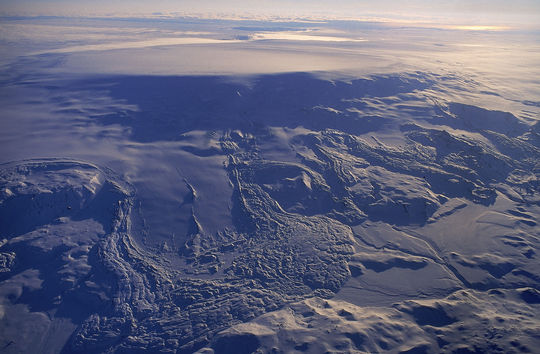 A new layer of Earth has been discovered growing beneath an Icelandic volcano, which scientists say provides new information on how the Earth’s crust forms.
A new layer of Earth has been discovered growing beneath an Icelandic volcano, which scientists say provides new information on how the Earth’s crust forms.
The Bárðarbunga volcano, which lies beneath the country’s Vatnajökull ice cap, began erupting in August, resulting in the magma that was spewing out creating dykes that have forced the surrounding rock to split open.
It is the first time researchers have been able to see these vertical features form as the process usually occurs beneath the oceans. However, the volcano in Iceland has now given them the chance to observe new crust growing by using equipment such as satellite radar and GPS.
Andy Hooper, from the Centre for Observation and Modelling of Earthquakes, volcanoes and Tectonics (COMET) at the University of Leeds, revealed that the new crust forms beneath the volcano where two tectonic plates are moving away from each other.
He went on to say that their observation of the phenomenon showed that the magma forced up into the crust took a “roundabout path” and did it in a stop-start way. He admitted that their findings surprised them at first, but that they have now been able to explain the complexity of it with a fairly simple model, which only takes into account the pressure of the rock and the ice above it as well as the pull that the moving plates exert.
The research team monitored the magma’s route for 45kms, noting that dykes formed as it reached natural barriers and pressure built up; this led to the creation of a new layer of the Earth’s crust.

